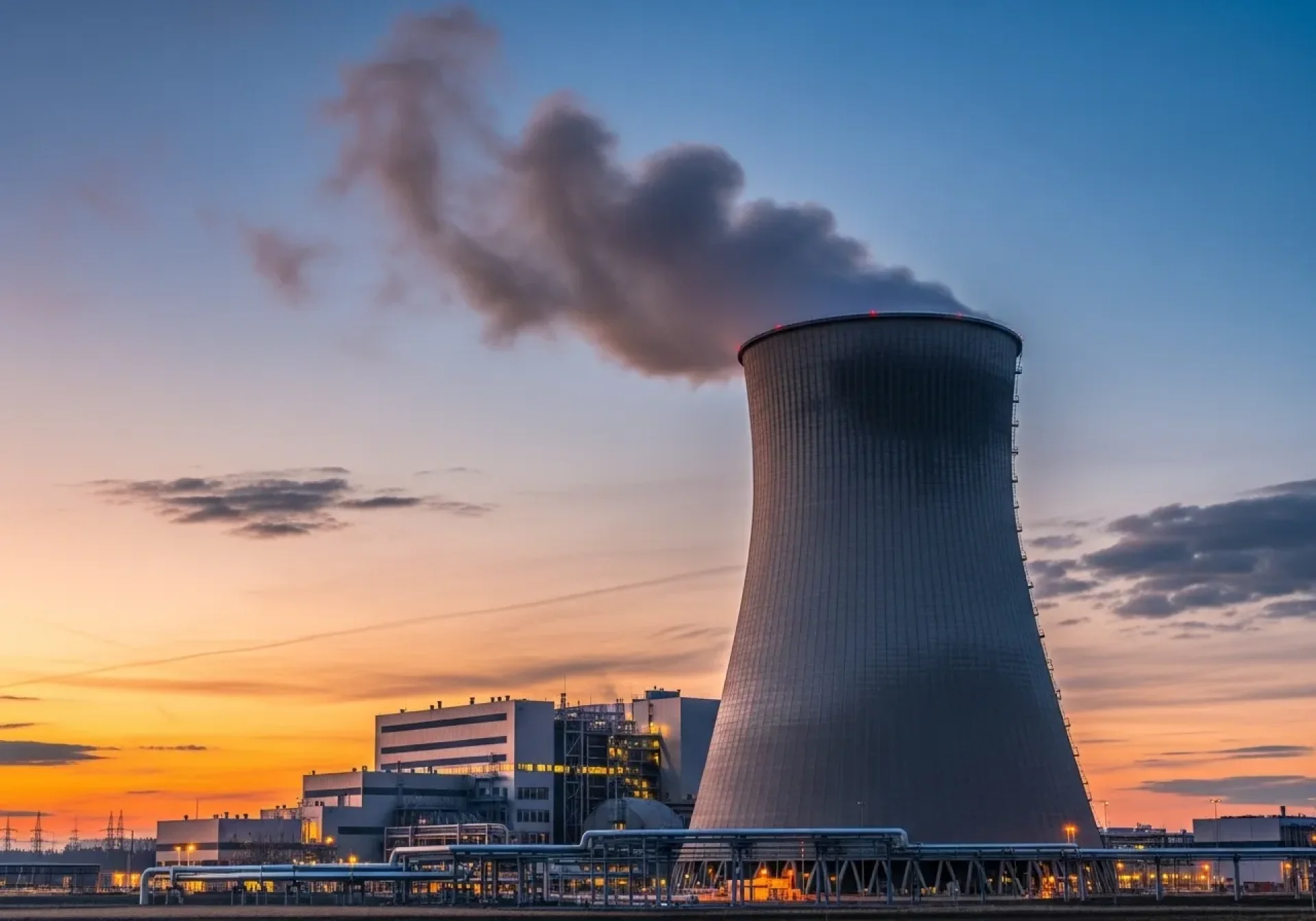Power Plant Cooling Towers: Working Principles, Importance, and Maintenance

In power plants, the cooling system is the vital heart that allows machinery and boilers to operate continuously. The Cooling Tower functions to remove excess heat from the cooling water and transfer it to the atmosphere. This process maintains optimal temperatures, prevents equipment damage, and ensures stable electricity production.
Working Principle of Power Plant Cooling Towers
The system brings hot water used for cooling from the boiler or condenser into the cooling tower. The water is distributed over fill media and comes into contact with air blown in, causing partial evaporation which carries heat away. The cooled water is collected and recirculated back into the power generation system.
Structure and Types of Cooling Towers
The selection of a cooling tower's structure depends on several factors, such as service life, installation area, budget, and ease of maintenance. Common structures include reinforced concrete, FRP, and stainless steel.
Examples of Key Components:
- Fill Media: Increases the surface area for efficient heat transfer.
- Fan and Motor: Creates airflow circulation.
- Drift Eliminator: Prevents water droplets from escaping into the atmosphere.
- Basin: Collects the cooled water for reuse.
Appropriate Selection
Cooling towers used in power plants cannot be selected based on price alone; they must be based on the thermal load, water consumption, and environmental regulations. Power plants with limited space might choose FRP cooling towers, while large-scale plants requiring a long service life might opt for concrete.
Factors to consider include heat transfer efficiency, corrosion resistance, noise levels, and the energy consumption of the fans. Proper design and selection will help reduce costs and increase the stability of the power generation system.
Installation and Maintenance
Cooling tower installation should be performed by experts to ensure the system operates at full efficiency and safety. The installation location must consider wind direction and air circulation to prevent recirculation.
Regular maintenance extends the service life and prevents problems that could affect electricity production, such as scale accumulation or algae growth. Cleaning, inspecting motors and fans, and controlling water quality are essential.
Recommended Maintenance Guidelines:
- Regularly check water quality to prevent scale formation.
- Clean fill media and drift eliminators to reduce clogging.
- Check the operation of water pumps, fans, and motors.
- Log inspection and maintenance results to analyze future trends.
Future Trends
Currently, power plants are focusing on energy efficiency and reducing environmental impact. Modern cooling towers are designed with Variable Speed Drives (VSD) to control fan speeds, saving more energy. Hybrid Cooling Towers are also being developed for Plume Abatement, which is suitable for areas needing to reduce environmental and community impact.
For those who want more details about products and services, you can read more on the Cooling Tower page, which has comprehensive information on structure, installation, and maintenance.



